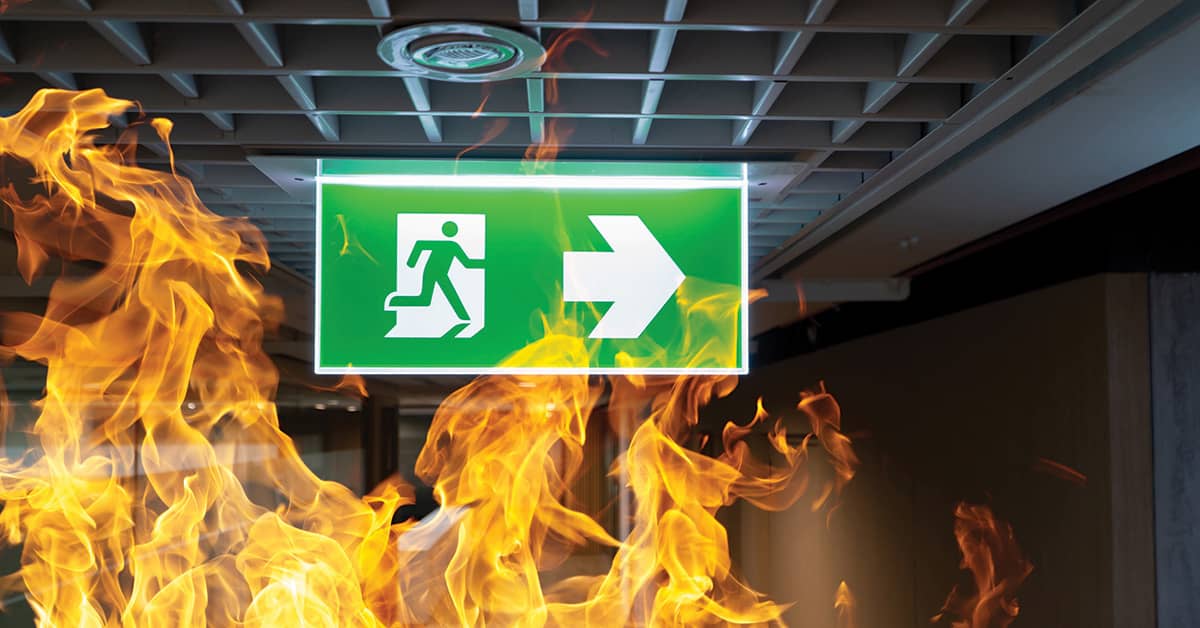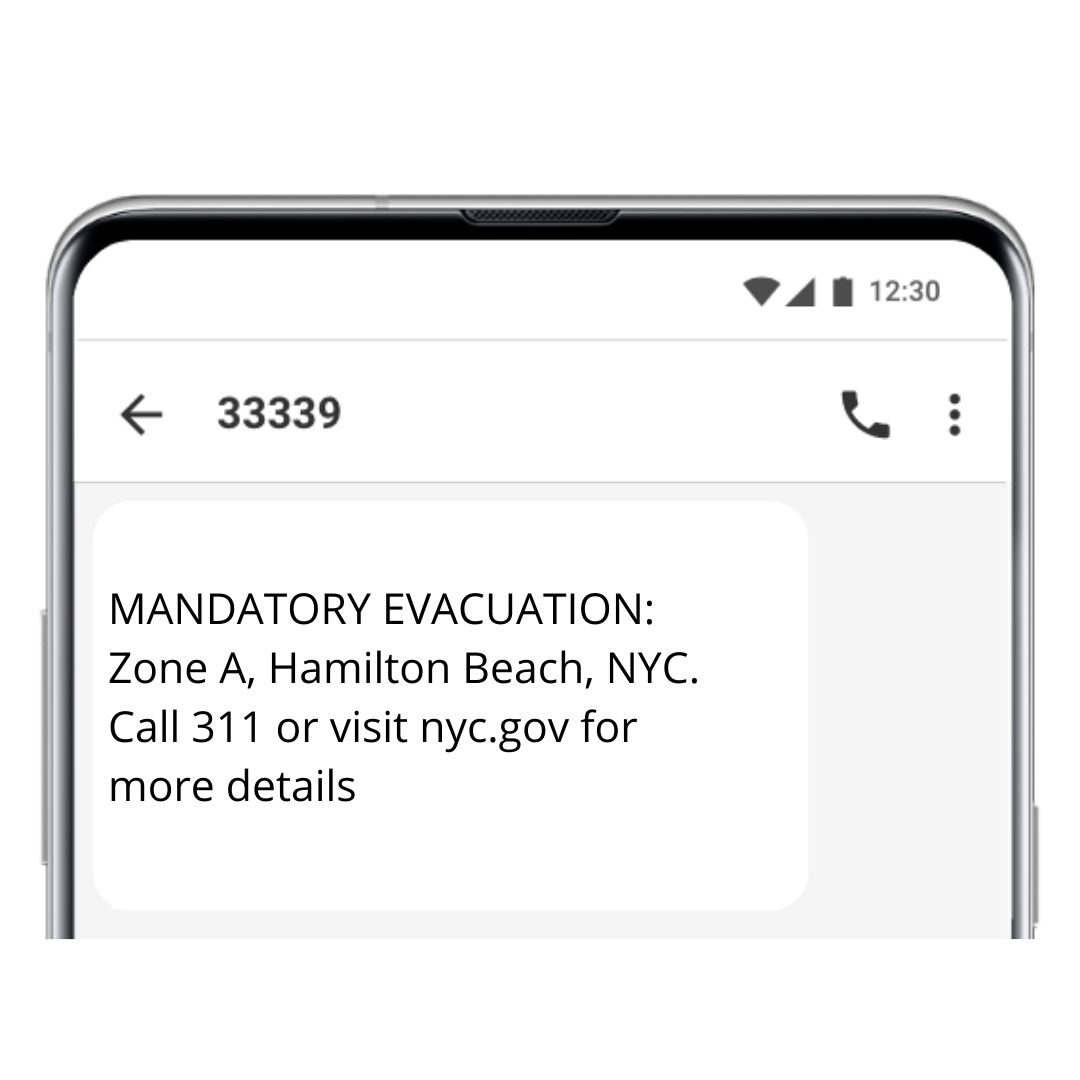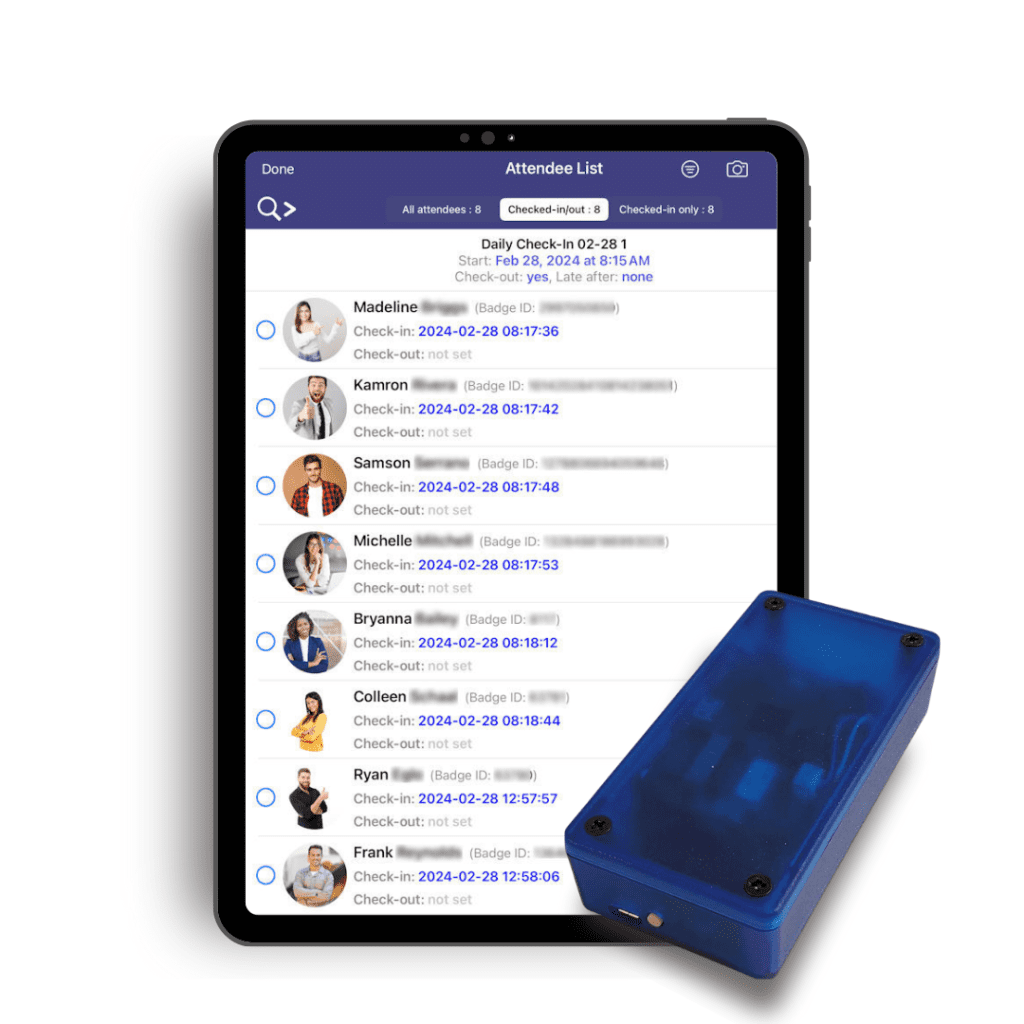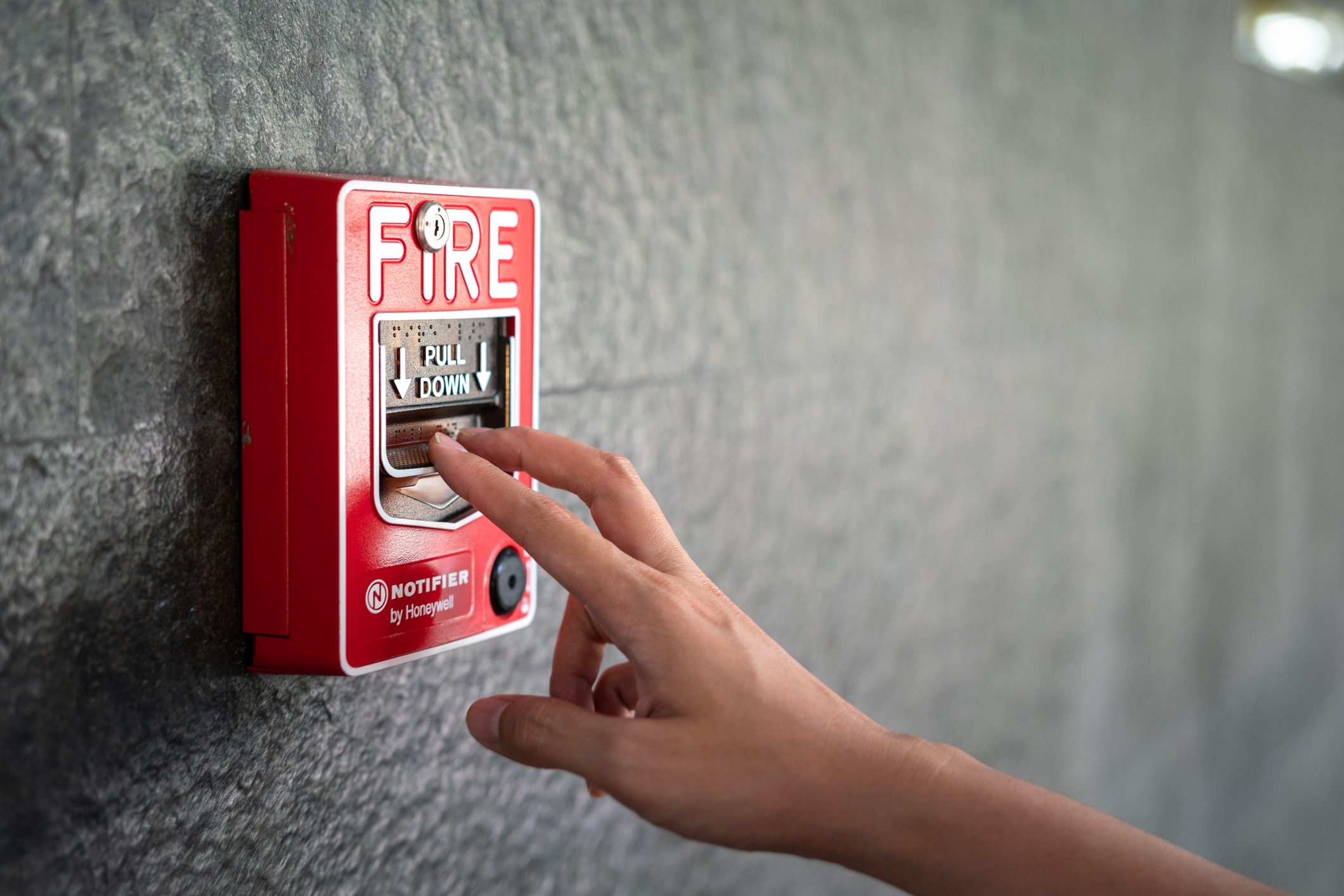Emergency Planning with SMS Messaging
 Emergency planning is critical to keeping people safe. Most businesses have specific procedures they follow during emergencies. Employees are often given a designated evacuation route, such as exiting through the back door of the building. But what happens when that back door is blocked by fire or debris? How do you quickly let 20+ people know that the route has changed?
Emergency planning is critical to keeping people safe. Most businesses have specific procedures they follow during emergencies. Employees are often given a designated evacuation route, such as exiting through the back door of the building. But what happens when that back door is blocked by fire or debris? How do you quickly let 20+ people know that the route has changed?
Relying on verbal communication in chaotic moments can slow things down. This is where SMS messaging steps in as a must-have tool for emergency planning. With an automated message, you can instantly alert everyone about changes in the evacuation plan. Whether it’s directing them to a new exit or confirming that everyone is safe. SMS messaging ensures your team stays informed when time-sensitive situations arise.
What is an Emergency SMS Messaging System?
SMS stands for Short Message Service, which typically limits messages to 160 characters. It’s the most reliable way to communicate during emergencies because it doesn’t require an internet connection. With SMS, you can send a brief message to a large group of people, ensuring critical updates reach everyone instantly. Whether there’s a change in evacuation plans or ongoing updates during the emergency, SMS lets you alert all employees at once. This quick and effective communication helps avoid chaos and keeps everyone informed during critical times.
How important is Emergency SMS Messaging?
 To put it this way, SMS messaging has a 98% open rate, the highest among all communication channels. This statistic alone highlights the importance of integrating SMS into your emergency planning. In urgent situations where time matters, you need a reliable way to reach your entire team instantly. Implementing SMS messaging as part of your emergency response plan ensures that no one is left uninformed during a crisis. When chaos erupts, having a communication system with a high success rate could mean the difference between a smooth evacuation and one that endangers lives. This makes SMS not just an optional tool, but an essential component of any effective emergency response strategy.
To put it this way, SMS messaging has a 98% open rate, the highest among all communication channels. This statistic alone highlights the importance of integrating SMS into your emergency planning. In urgent situations where time matters, you need a reliable way to reach your entire team instantly. Implementing SMS messaging as part of your emergency response plan ensures that no one is left uninformed during a crisis. When chaos erupts, having a communication system with a high success rate could mean the difference between a smooth evacuation and one that endangers lives. This makes SMS not just an optional tool, but an essential component of any effective emergency response strategy.
When to Send an SMS Notification
There are many instances where an SMS Messaging is needed during an emergency. Here are some key moments when sending a message is essential:
- When the emergency begins: Immediately inform your team about the nature of the emergency, whether it’s a fire, natural disaster, or security threat.
 Evacuation route updates: If the original escape route becomes unsafe or blocked, alert employees to follow a new path.
Evacuation route updates: If the original escape route becomes unsafe or blocked, alert employees to follow a new path.- Injury or assistance requests: Notify the team if someone has been injured or requires urgent assistance, keeping everyone aware of who needs help.
- Arrival of emergency responders: Let employees know when help is on the way, such as the arrival of firefighters, paramedics, or police.
- Headcount completion: When everyone is accounted for, send a confirmation message to ensure all employees know the status of the evacuation.
- All-clear notification: Once the emergency is over and it’s safe to return, notify everyone that they can re-enter the building.
Stratus-io: Emergency Headcount Software
When it comes to emergency preparedness, relying on traditional methods of communication and headcounts can be inefficient and risky. Stratus-io: Emergency Headcount Software goes beyond just sending SMS alerts—it offers a complete solution for managing your team during a crisis. Whether it’s a fire, natural disaster, or another emergency, Stratus-io ensures that you can quickly and efficiently manage the safety of your employees with its advanced features designed to enhance your emergency response plan.
Here are some of the key benefits of integrating Stratus-io into your emergency plan:
1. SMS / Text Message Alerts
The software allows you to instantly notify your team of any emergency via SMS, ensuring critical updates reach everyone, no matter their location. This feature is ideal for sending evacuation route changes, safety updates, and confirmations in real-time.
2. Manual Check-In
In situations where employees may have left their phones or badges behind, Stratus-io allows for manual check-ins. This feature lets you search for people by name using a flexible search function—whether it’s an exact
match, a smart search, or no search restrictions for added security. Manual check-ins can be done one at a time or in bulk, ensuring no one is left unaccounted for.
3. Remote Check-In

Stratus-io’s remote check-in feature allows employees to check in safely via their phones, even if they are not at the designated rally points. With push notifications sent to their devices, employees can mark themselves as safe, providing GPS data if needed, so you know their exact location. For security reasons, you can restrict check-ins to specific muster points, ensuring that personnel gather where needed.
4. Use of Existing Credentials
If your company already uses RFID badges or access control systems, Stratus-io integrates seamlessly with them. Using idChamp wireless badge readers, the software supports a variety of badge types, allowing employees to check in with the credentials they already have. Whether it’s an RFID badge, barcode, or QR code, check-in is quick and efficient. Multiple badge readers can even connect simultaneously to the same device, speeding up the process at evacuation rally points.
5. Fast and Efficient Headcount Management
Stratus-io’s headcount management feature ensures that you can easily and accurately track your personnel during an emergency. Whether it’s manual or automated check-ins, the system gives you real-time visibility into who is safe and who may still be at risk, allowing you to respond quickly and confidently.
Conclusion
In conclusion, SMS messaging has become an essential tool in emergency planning, allowing you to instantly notify employees of changes, whether it’s a shift in evacuation routes or confirmation that everyone is safe. As we discussed in the introduction, traditional communication methods often fall short, but SMS ensures critical updates reach your team quickly and reliably.
Stratus-io: Emergency Headcount takes this a step further by offering a comprehensive solution for managing emergencies. With real-time SMS alerts, manual and remote check-ins, and seamless integration with existing systems, it ensures that no one is left behind during an emergency. Whether you’re using SMS to notify employees or tracking their safety with Stratus-io’s advanced features, you automatically increase your employee’s safety.

 Evacuation route updates
Evacuation route updates